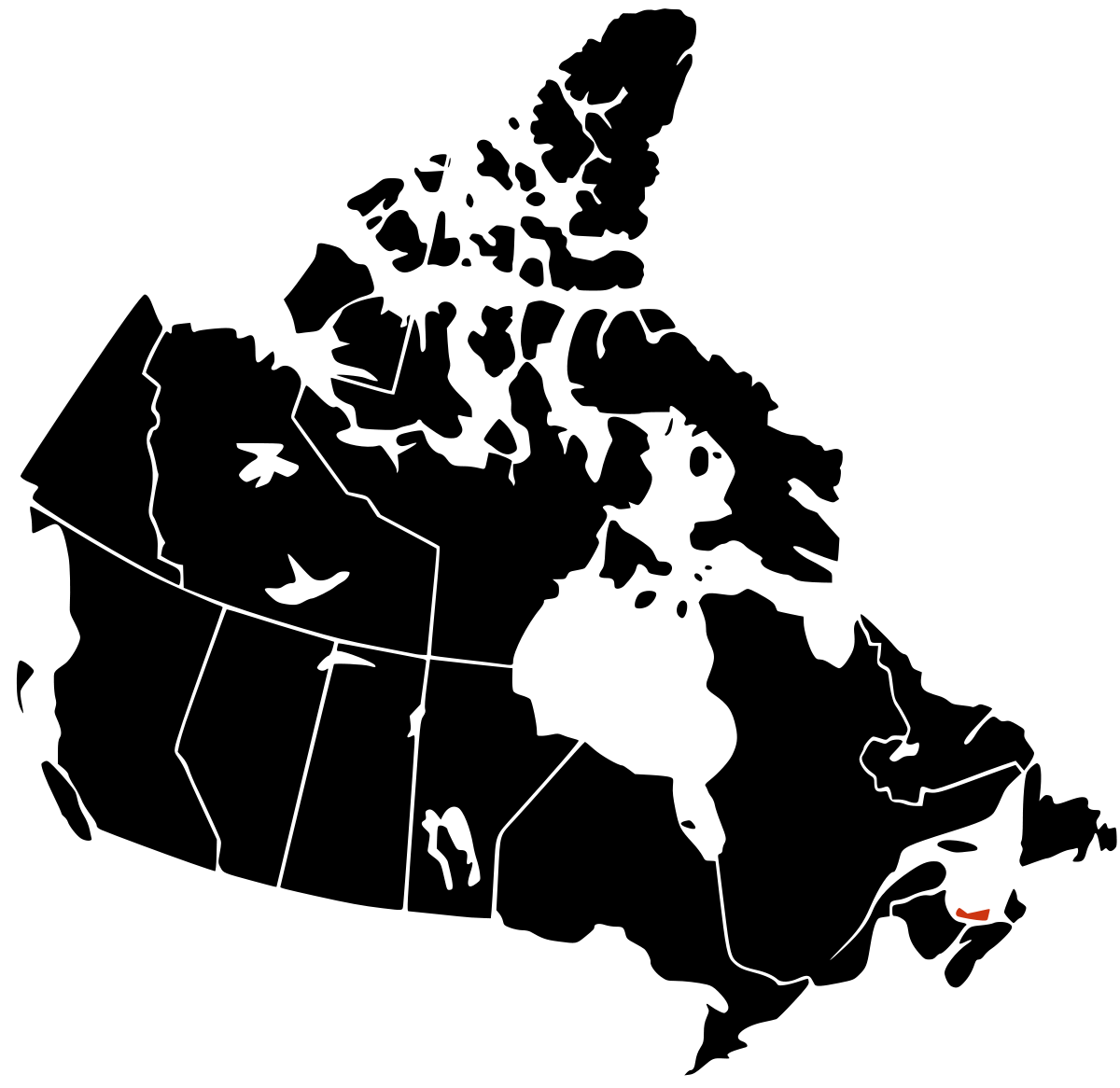Today in our EDCI 532 course we spent some time in small groups comparing and contrasting K-12 curriculum and looking primarily through two lenses – indigenization and digitization of curriculum.
Here are the links to each of the Provinces and Territories curriculum:

Here are some of the overarching ideas that came out of the sharing and discussions today:
- provinces/territories are at varying levels of including and integrating indigenous content and supports for technology to enhance education
- BC is definitely ahead of the game with their ‘new’ curriculum document(s), digital literacy framework, and First Peoples Principles of Knowledge resource
- they seem to all follow Tyler’s Model of Curriculum Development
- Determine the objectives of the province (what content is important)
- Developing learning experiences that help students achieve the objectives
- Organize the experiences (modeling? writing? etc.)
- Evaluation of the objectives (how do the students demonstrate their mastery/achieved the objective)

“Really” by Acinapurag is licensed under CC BY-SA 2.0
As came up in class conversation yesterday, this seems common knowledge to us. This is because we do not know any better and is ‘how it has always been done’ – at least in this part of the world. Some wonderings that continue to circle around my head these days are:
- How is curriculum developed in the third world?
- How are teachings determined/shared/assessed in different cultures?
- Is there much research into these things and integrating into how we do things in BC?
If you have any experiences or thoughts on any of these questions I would love to hear them and engage in conversation!

Recent Comments